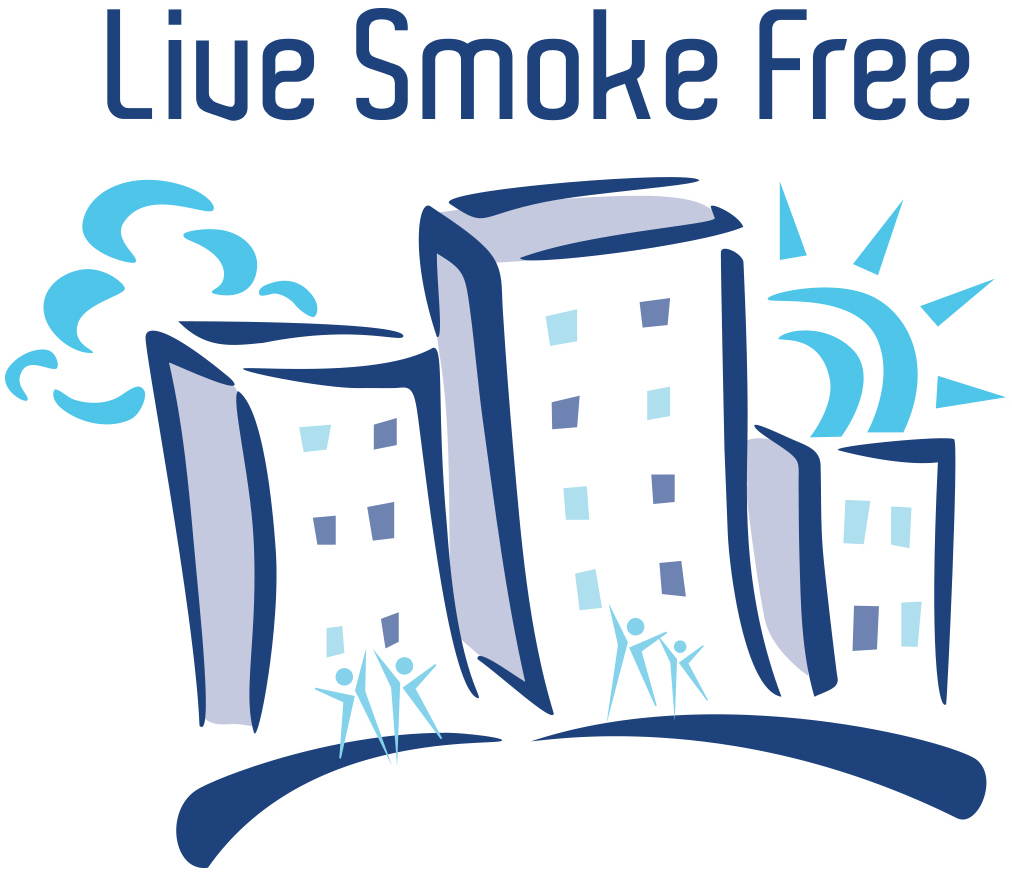RESEARCH
Research and Supporting Documents
The issues of secondhand smoke and smoke-free multi-housing have sparked research and discussion around the world. Below are summaries and key points of some of the research and supporting documents as well as links to the full research papers when possible.
Minnesota Community Surveys
Live Smoke Free partners with local health departments and municipalities to conduct renter and property manager surveys to learn more about tobacco use and exposure in apartments and perspectives on smoke-free housing policies at the property and city level. Results from five Twin Cities community surveys are listed below.
Bloomington, Minnesota (2017)
Final report
Edina, Minnesota (2018)
Final report
Eden Prairie, Minnesota (2019)
Final reports: smoking permitted buildings / smoke-free buildings
Ramsey County, Minnesota (2019-2020)
Final report
Brooklyn Park, Minnesota (2021)
Final reports: smoking permitted buildings / smoke-free buildings
Minneapolis, Minnesota (2021 and 2022)
- Final report – Prevalence of Smoke-Free Housing Policies in the Minneapolis Housing Choice Voucher Program (2021)
- Final report – Studying Smoke-Free Housing Policies in the Minneapolis Project Based Voucher Program (2022)
West Saint Paul, Minnesota (2021-2022)
Final report
Burnsville, Minnesota (2022-2023)
Final report

2018 Minnesota Adult Tobacco Survey
The Minnesota Adult Tobacco Survey (MATS) is a collaborative effort between ClearWay Minnesota and the Minnesota Department of Health. MATS is the most thorough source of information about tobacco behaviors, attitudes and beliefs in Minnesota and helps measure the progress of Minnesota’s comprehensive tobacco control program1. In 2018 the MATS found:
- Smoking fell to 13.8% (approximately 574,000 adults), down from 14.4% in 2014
- 66% of Minnesota smokers have smoke-free home rules
- Over 90% of Minnesota adults live in homes where smoking is not allowed anywhere
- Among all nonsmokers who live in multi-unit housing, 14.6% have smelled smoke in their homes in the past seven days compared to 17% in 2015
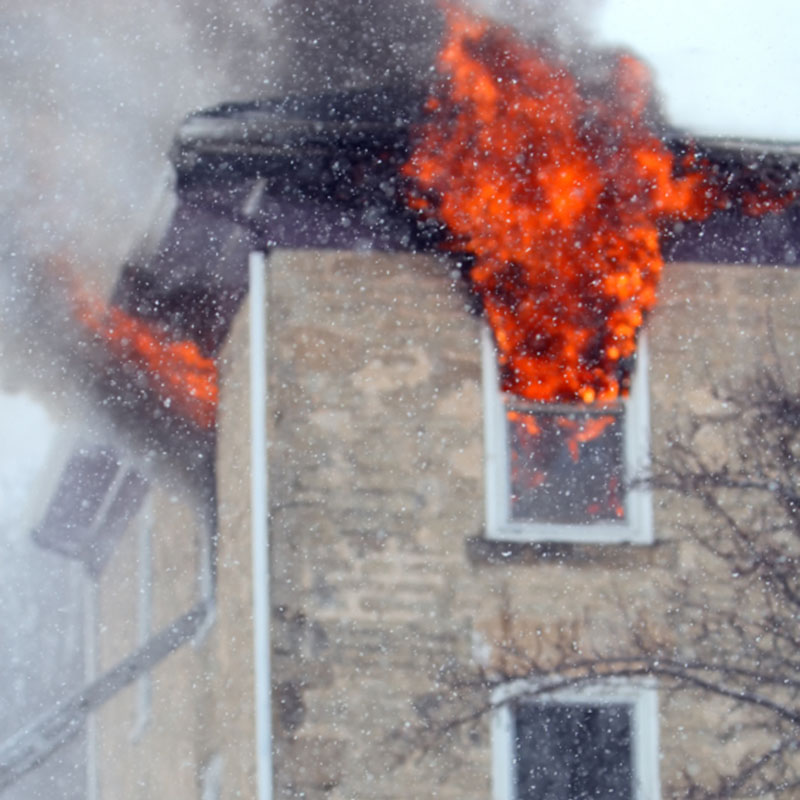
Twin Cities Metro Area Survey of Apartment Renters
Live Smoke Free and Wilder Research conducted a 2009 metro-wide survey of renters and found that:
- Approximately 30% of renters are exposed to secondhand smoke that comes into their unit from somewhere else in the building.
- Of renters who are exposed to secondhand smoke, 34% are so bothered by the smoke that they are thinking of moving in order to avoid exposure.
- A majority of renters (75%) would be likely to choose a smoke-free building over a building that allows smoking if the buildings were the same in every other way.
- Renters are also interested in buildings that provide outdoor smoke-free areas such as balconies, entryways, and entirely smoke-free properties.
- In order to live in a smoke-free building, many renters are willing to live in a building that does not have a pool or playground, drive farther to work, and pay more rent.
Research on the Feasibility of Smoke-Free Apartments and Air Transfer in Multi-Housing
The Center for Energy and Environment (CEE) is an independent nonprofit organization in Minnesota that works to promote the responsible and efficient use of natural and economic resources. In 2001, CEE conducted research about secondhand smoke in apartment buildings. The research consisted of four separate projects:
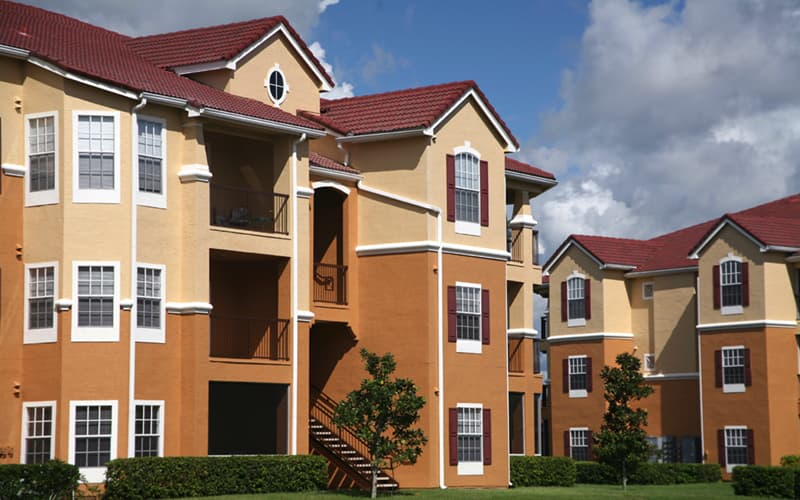
In-depth telephone interviews with owners of smoke-free apartment buildings in Minnesota. Twenty (20) building owners, who each owned multiple smoke-free buildings, were identified and surveyed.
- Many owners saw a decrease or no effect in turnover, vacancy rates, and staff time to manage the building.
- About 95%, or 19 of 20, of the owners were “very likely” to continue offering smoke-free buildings.

Researching the legal issues related to providing or not providing smoke-free rental housing. CEE worked with Minnesota attorneys to analyze issues of discrimination, privacy, and liability when creating a smoke-free apartment building.
- After consulting a wide range of legal materials, an attorney well versed in landlord-tenant law concluded that property managers may include use restrictions, such as a no-use-of-tobacco restriction, in a lease.
- Read more about legal issues in adopting a smoke-free policy on the Commonly Asked Legal Questions page in the property manager’s section.

Mail surveys of a statistical sample of Minnesota renters. The surveys measured the percentage of renters who experienced secondhand smoke coming into their unit and the level of interest renters had in living in a smoke-free building.
- Almost 50% of Minnesota renters are “extremely” or “very” interested in living in a smoke-free building.
- Over 50% of renters would be “very likely” to choose a smoke-free building over a building that allows smoking, all other things being equal.
- Over 33% of renters would pay more to live in a smoke-free building.
- Many renters would also be willing to make sacrifices such as driving farther to work or walking farther to a bus line in order to live in a smoke-free building.
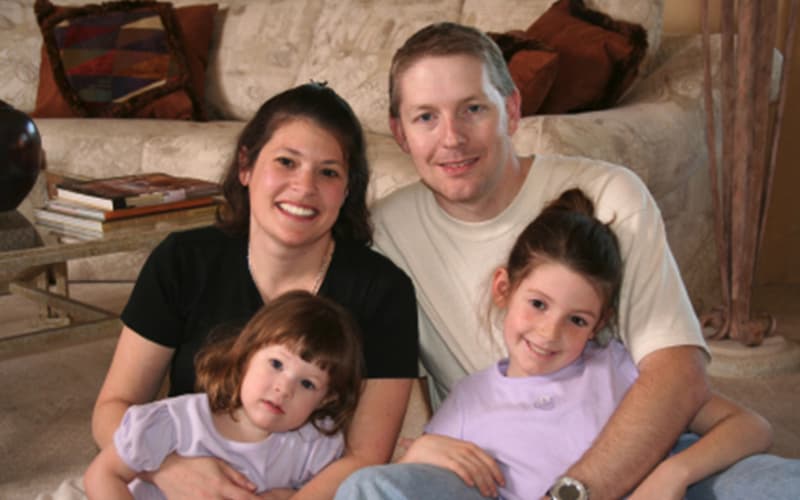
Testing strategies on actual apartment buildings to reduce movement of secondhand smoke. Building testing and research concluded that air flow between units in apartment buildings is significant.
- Secondhand smoke is difficult to reduce and virtually impossible to eliminate.
- The average cost to seal a unit to reduce secondhand smoke leakage was about $700 per unit.
- However, sealing the air leaks was still not enough to eliminate the secondhand smoke problem completely.

Secondhand Smoke Survey of Ramsey County Residents
The University of Minnesota School of Public Health, supported by ClearWay Minnesota℠, conducted a random sample mail survey of 314 residents of Ramsey County, Minnesota in 2005. Some of the questions in the survey asked residents their thoughts about secondhand smoke and smoke-free multi-housing.
A majority of residents agree that secondhand smoke is harmful to adults and children.
- Ninety-one percent (91%) agree that “secondhand smoke is harmful to adults.”
- Ninety-four percent (94%) agree that “secondhand smoke is harmful to children.”
Almost half of Ramsey County residents who live in multi-housing report secondhand smoke coming into their unit from somewhere else.
Ramsey County residents prefer to live in smoke-free buildings or homes.
- Ninety percent (90%) said they “prefer to live in a smoke-free building or home.”
- Seventy-eight percent (78%) do not allow their guests to smoke in their home.
- Eighty-five percent (85%) agree that “smoke-free policies protect the rights of non-smokers.
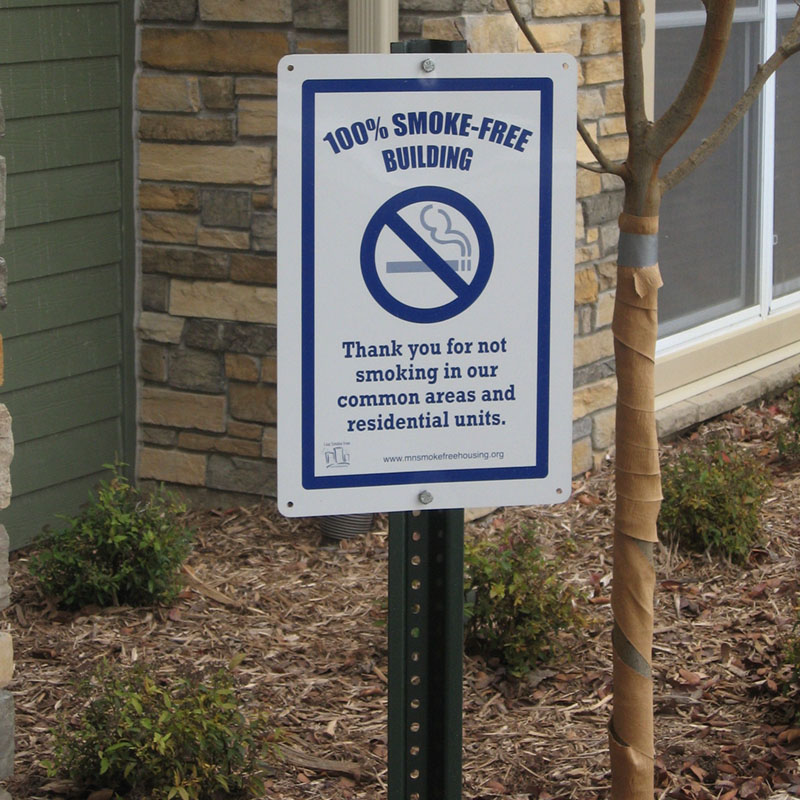
American Society of Heating, Refrigeration & Air Conditioning Engineers Position Statement
In 2016, the American Society of Heating, Refrigerating & Air-Conditioning Engineers (ASHRAE) reaffirmed their position document on secondhand smoke.
- It states: “At present, the only means of effectively eliminating health risk associated with indoor exposure is to ban smoking activity.”
- Read the entire ASHRAE Position Statement on Environmental Tobacco Smoke position statement.
In 2014, an article about the dangers of e-cigarettes was published in the ASHRAE Journal.
- It concluded: “We conclude that e-cigarettes emit harmful chemicals into the air and need to be regulated in the same manner as tobacco smoking.”
- Read the article
Citations
Research and Support
- Wilder Research. “Perceptions of Seconhand Tobacco Smoke Among Minnesota Metro Renters.” 2009. http://www.wilder.org/download.0.html?report=2273
- Center for Energy and Environment. “Survey of Minnesota Renters Regarding Secondhand Smoke Movement in Apartment Buildings and Interest in Smoke-Free Buildings.” 2001. http://mncee.org/What-We-Do/Research—Technology/
- The University of Minnesota, School of Public Health. “Survey of Ramsey County Residents Regarding The Harms of Environmental Tobacco Smoke.” 2005.
- American Society of Heating, Refridgerating & Air Conditioning Engineers. “Environmental Tobacco Smoke: Position Document.” Reaffirmed 2013.
- Minnesota Adult Tobacco Survey. ClearWay Minnesota. Retrieved on August 9, 2019, from http://clearwaymn.org/mats/
Policy Benefits
Market Advantages Section
- Center for Energy and Environment. “Survey of Minnesota Renters Regarding Secondhand Smoke Movement in Apartment Buildings and Interest in Smoke-Free Buildings.” 2001. http://mncee.org/What-We-Do/Research—Technology/
- Wilder Research. “Perceptions of Seconhand Tobacco Smoke Among Minnesota Metro Renters.” 2009. http://www.wilder.org/download.0.html?report=2273
Reduced Costs Section
3. Smoke-Free Housing Project (Oregon). A program of the American Lung Association of Oregon. 2007. http://www.smokefreeoregon.com/housing
Reduced Fire Risk Section
4. Tobacco Control Legal Consortium. “Regulating Cigarettes for Fire Safety.” 2007.
5. U.S. Fire Administration.“Residential Smoking Fires and Causalities.” Topical Fire Research Series, Volume 5, Issue 5. 2005. http://www.usfa.dhs.gov/statistics/reports/index.shtm
6. Minnesota Fire Marshal. “Fire in Minnesota .” 2009. https://dps.mn.gov/divisions/sfm/mfirs/Pages/Reporting_Statistics.aspx
7. National Fire Protection Association, “The Smoking-Material Fire Problem,” 2013. http://www.nfpa.org/research/reports-and-statistics/fire-causes/smoking-materials
Tobacco Smoke Facts
- U.S. Department of Health and Human Services. The Health Consequences of Smoking—50 Years of Progress: A Report of the Surgeon General. Atlanta: U.S. Department of Health and Human Services, Centers for Disease Control and Prevention, National Center for Chronic Disease Prevention and Health Promotion, Office on Smoking and Health, 2014.
- U.S. Department of Health and Human Services. “The Health Consequences of Involuntary Exposure to Tobacco Smoke: A Report of the Surgeon General.” 2006. http://www.surgeongeneral.gov/library/reports/secondhandsmoke/index.html
- BlueCross BlueShield of Minnesota. “Health Care Costs and Secondhand Smoke: The Bottom Line.” 2007.
- Tobacco Use in Minnesota: 2014 Update. Minneapolis, MN: ClearWay MinnesotaSM and Minnesota Department of Health; January 2015. http://www.mntobacco.nonprofitoffice.com/vertical/Sites/%7B988CF811-1678-459A-A9CE-34BD4C0D8B40%7D/uploads/MATS_2014_Technical_Report_Final_2015-01-21.pdf
